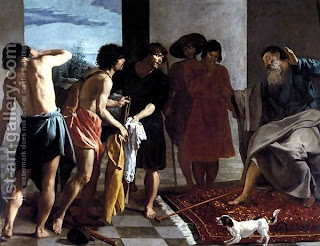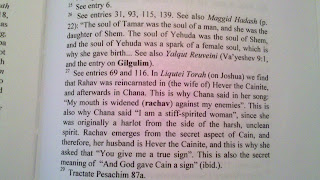 "He fell asleep again and had a second dream."
"He fell asleep again and had a second dream."In the second dream, Pharaoh saw seven fat, good ears of grain growing on a single stalk, but now the river is not mentioned. Previously we discussed the meaning of Pharaoh's standing "on the river" in his first dream, but where is this river now?
The river Nile in the dream stands for Foundation, the life-giving force, and the place of birth. In place of the river, in the second dream, the ears of grain come from a stalk, kaneh (קנה). That, too, is a reference to Foundation. The gematria of the word stalk, kaneh, is 155. After you add to it 1, representing the essence of the stalk, you get 156. That is the same gematria as the name of Joseph (יוסף). Joseph, too, was connected to Foundation: in the spiritual growth of humanity, he represented the Foundation of the Cosmic Man, Zeir Anpin.
This is where the second dream differed from the first. Now it was saying, "These things will come about through Joseph." The ears were growing on a single stalk, literally "one" (אחד) stem. This was the symbol of unity, and it is this that allowed Joseph to state with certainty, "The two dreams are one, and there is no division between them."
Art: John Anster Fitzgerald - The Artist's Dream
















































